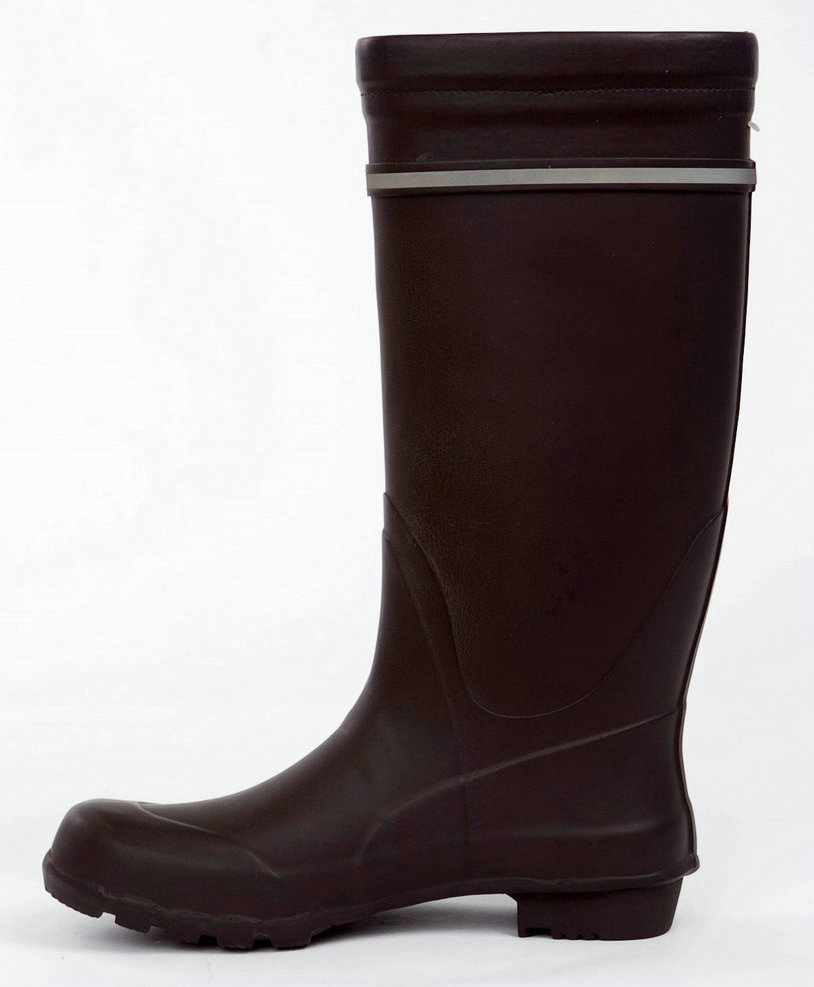Exploring the World of Rubber Boots Manufacturing
Rubber boots, also known as wellingtons or galoshes, are an essential piece of footwear in various industries and for outdoor enthusiasts. They are celebrated for their durability, waterproof properties, and protective qualities. The journey from raw materials to finished products involves a fascinating manufacturing process that combines technology, craftsmanship, and sustainability.
The rubber boots manufacturing process begins with the selection of high-quality natural or synthetic rubber. Natural rubber is derived from the sap of rubber trees, while synthetic rubber is produced from petroleum-based chemicals. Both types have their own unique properties, and manufacturers often use a blend to enhance strength, flexibility, and elasticity. The selection of the right rubber types and additives is vital to creating boots that can withstand harsh environmental conditions while providing comfort and support.
Exploring the World of Rubber Boots Manufacturing
After compounding, the rubber is shaped into boot forms through a process called molding. This can be done using different methods, such as injection molding or compression molding. In injection molding, heated rubber is injected into a mold to create the desired shape of the boot, while compression molding uses pressure to shape the rubber. Each method has its advantages depending on the design requirements and production scale.
rubber boots factory

Following the molding process, the boots undergo curing, also known as vulcanization. Curing involves heating the rubber to facilitate chemical reactions that enhance its durability and elasticity. This step is critical for ensuring that the rubber boots can resist tearing, cracking, and other forms of wear over time. The result is a more robust product that can provide long-lasting protection for users.
Once cured, the boots are removed from the molds and subjected to a series of inspections. Quality control is essential in the manufacturing of rubber boots to guarantee that they meet industry standards and customer expectations. Inspectors check for defects, uniformity, and overall quality. Any boots that do not meet the standards are discarded or sent back for reworking.
After passing the inspections, the rubber boots are cleaned and undergo additional processes, such as adding linings or insoles for comfort, attaching buckles or straps for fit, and applying finishes for aesthetics. These finishing touches help enhance the functionality and style of the boots, catering to various tastes and requirements.
Sustainability is becoming a vital aspect of rubber boot manufacturing. Many factories are adopting eco-friendly practices, such as using recycled rubber, minimizing waste production, and implementing energy-efficient processes. This shift not only addresses environmental concerns but also resonates with consumers who prefer sustainable products.
In conclusion, the manufacturing of rubber boots is a complex yet fascinating process that highlights the importance of quality materials and innovative techniques. From compounding raw rubber to molding, curing, and finishing, each step plays a crucial role in delivering a product that is both functional and durable. As the demand for rubber boots continues to grow, the industry is expected to evolve further, embracing sustainable practices that benefit both consumers and the environment. Whether used for work, recreation, or protection against the elements, rubber boots remain an indispensable part of modern footwear.
-
Stay Dry in Any Condition with WadersNewsJul.17,2025
-
Elite Performance with Camouflage Combat BootsNewsJul.17,2025
-
Dry and Comfortable with Green Rubber Garden ShoesNewsJul.17,2025
-
Convenient Protection with Foldable RainbootsNewsJul.17,2025
-
Comfort and Protection with Neoprene Work BootsNewsJul.17,2025
-
Brighten Rainy Days with Floral Rain BootsNewsJul.17,2025
-
Safety Wellies: The Ultimate Combination of Protection, Comfort, and VisibilityNewsJun.19,2025











